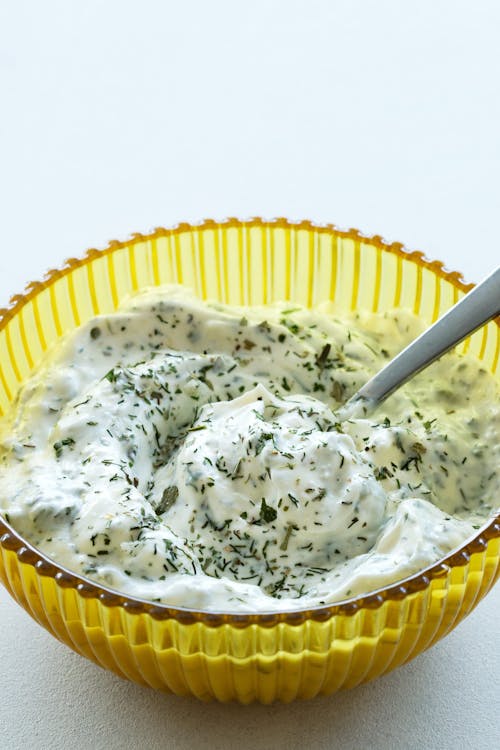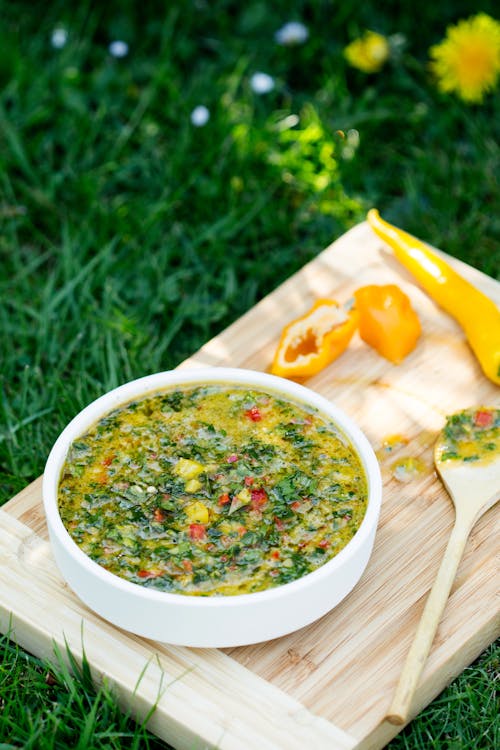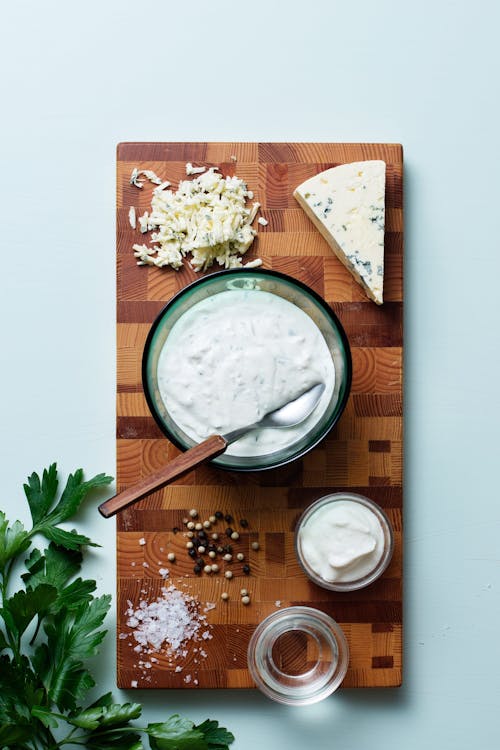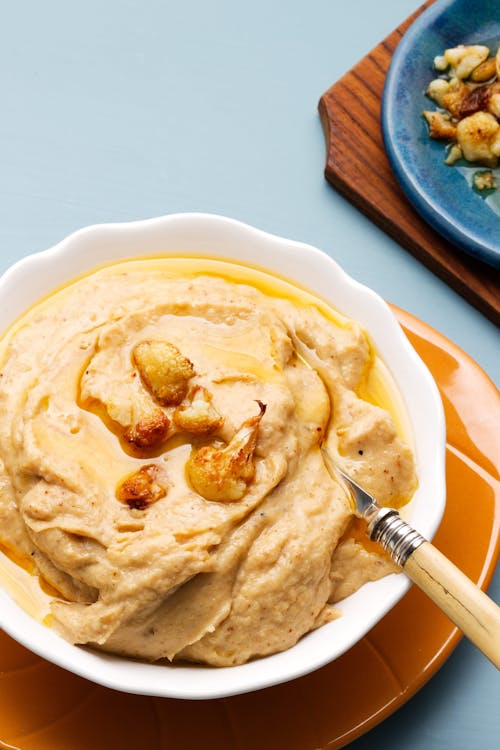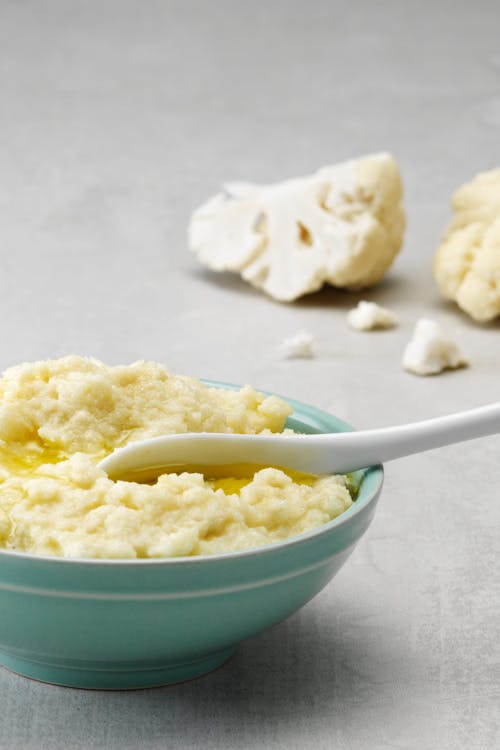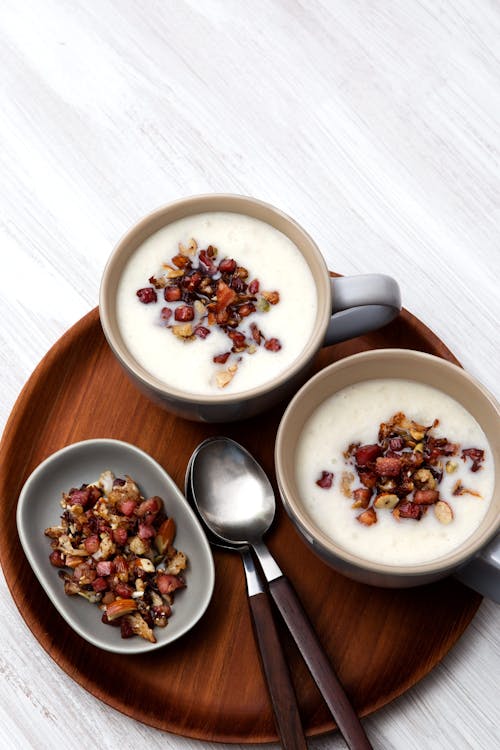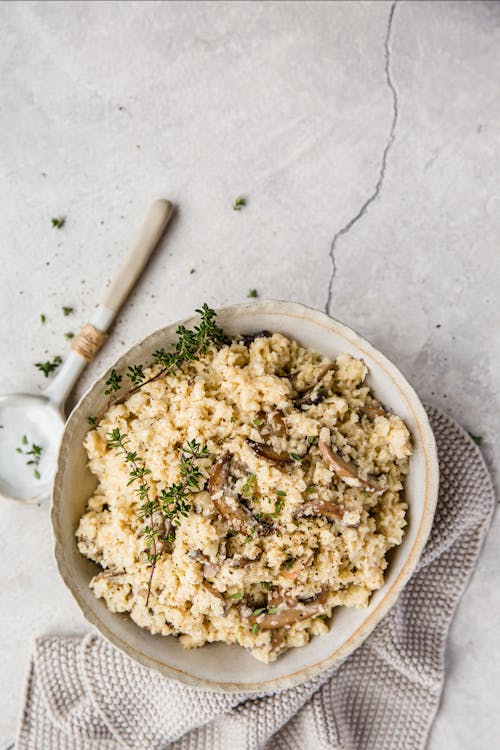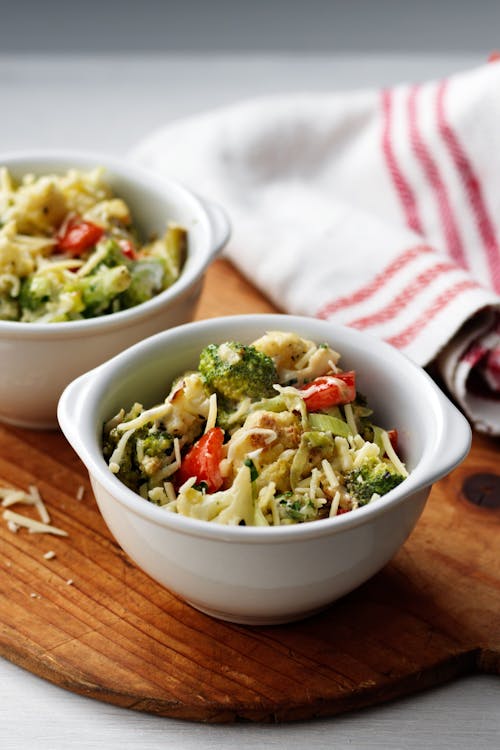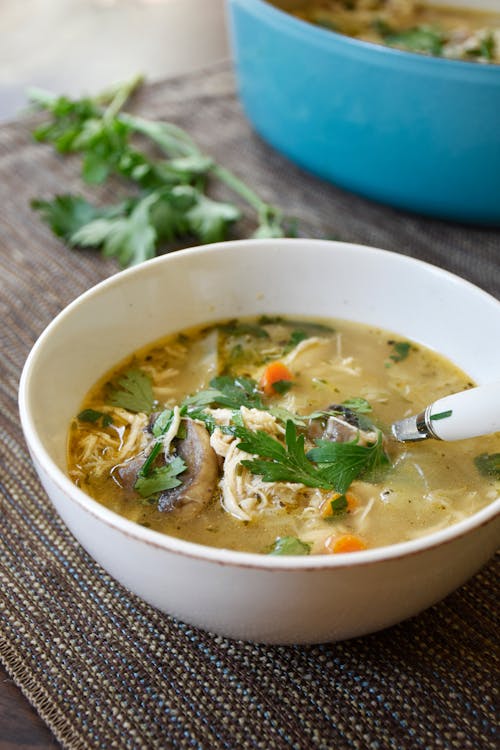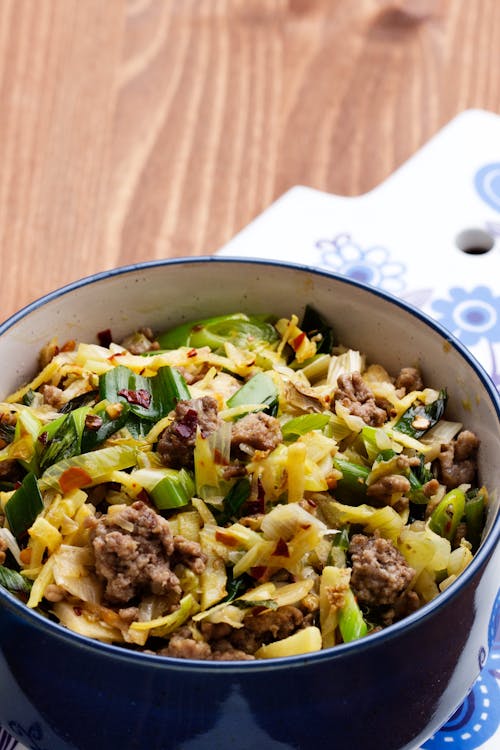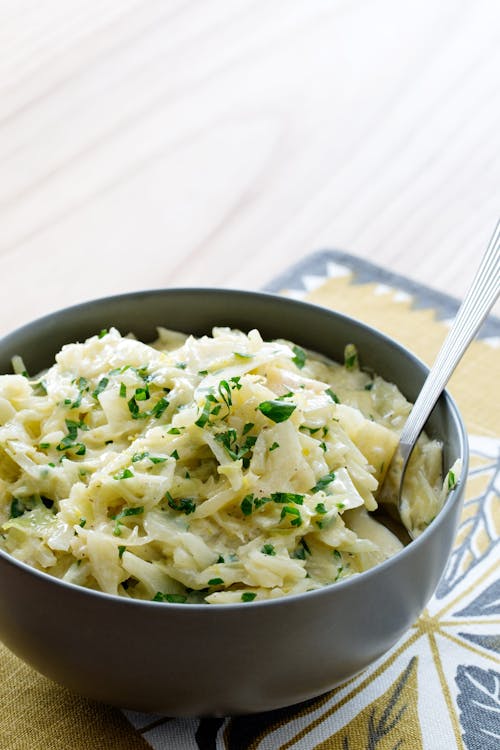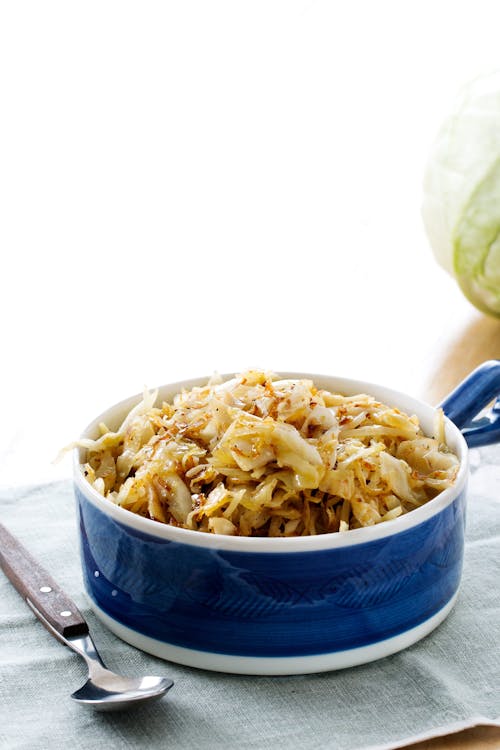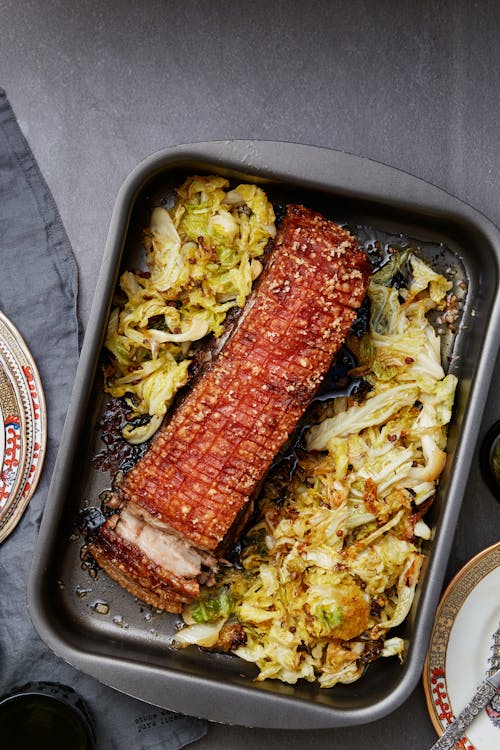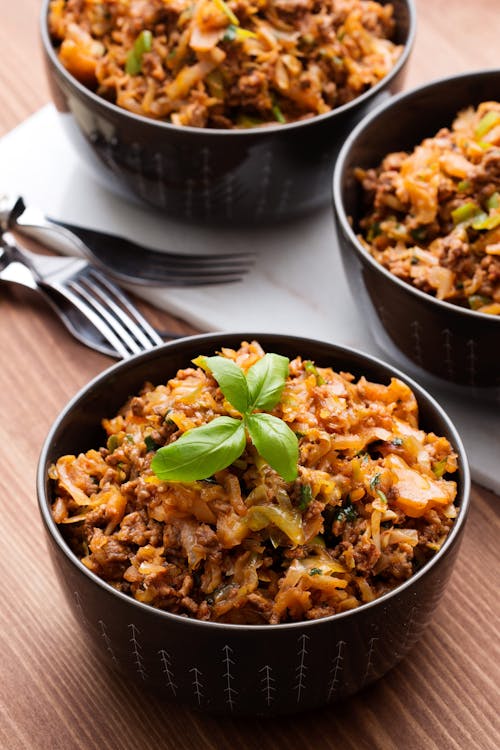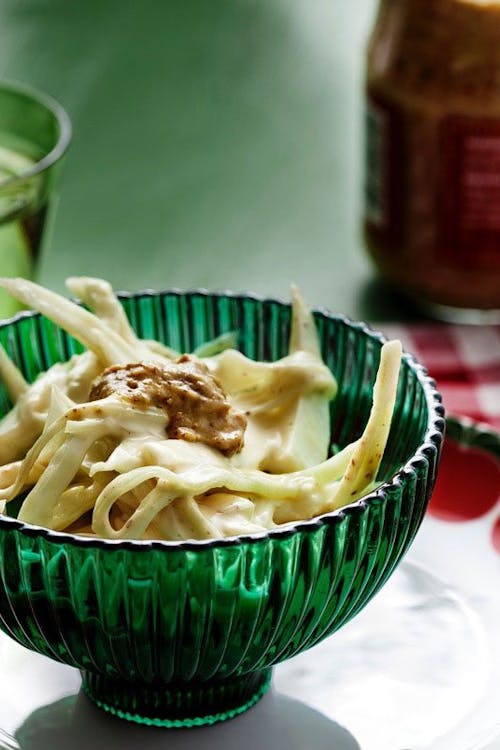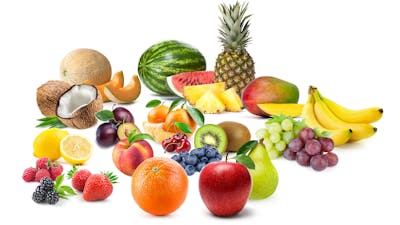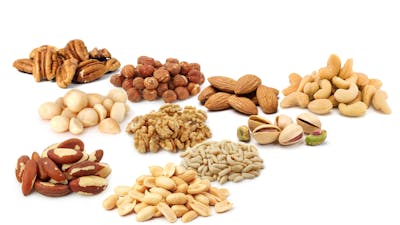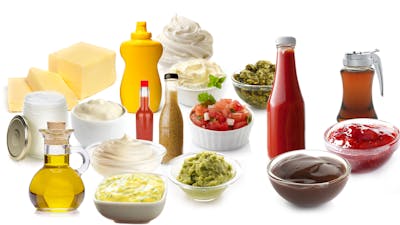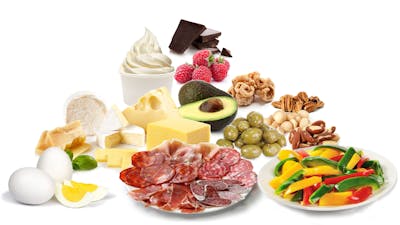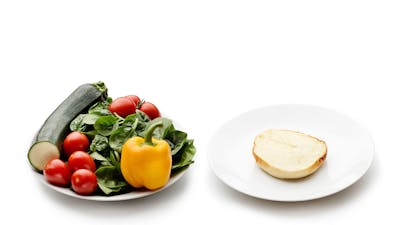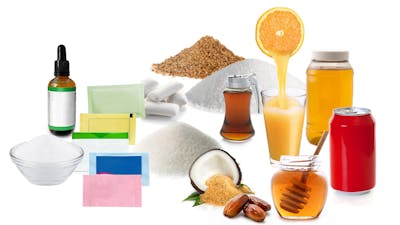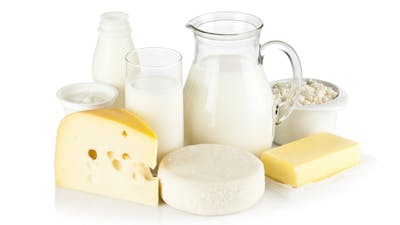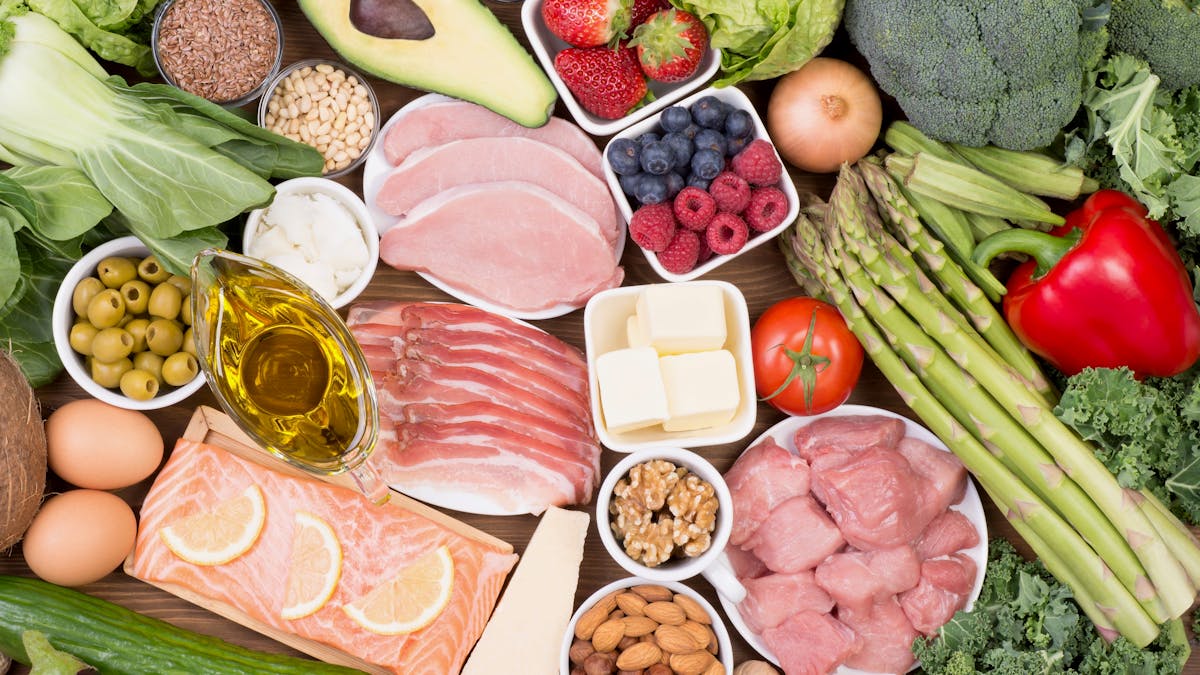Low-carb vegetables – the best and the worst
Which vegetables are low carb? There’s a very simple rule:
- Vegetables growing above ground are usually low carb and can be eaten freely.
- Vegetables growing below ground contain more carbs, so you’ll have to be more careful with them (especially potatoes).
Like any rule, it is not perfect, so have a look below.
Above ground
All numbers are net carbs per 100 grams (3½ ounces).
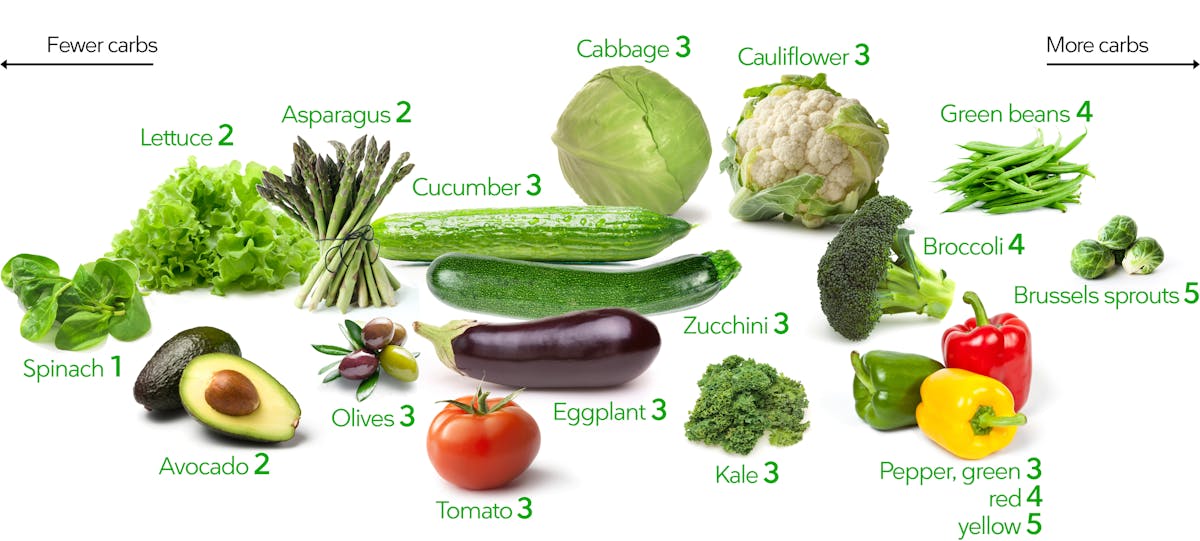
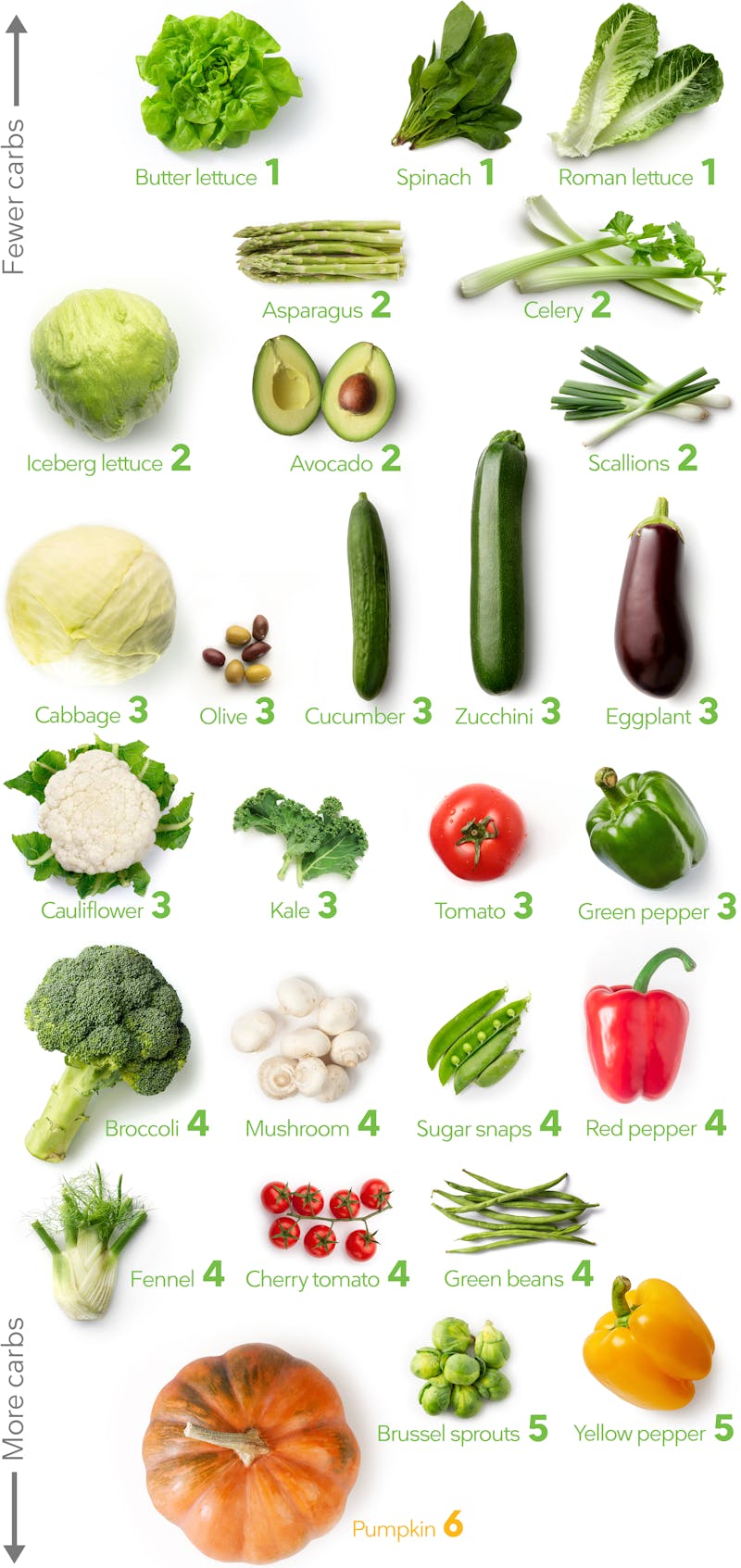




Below ground
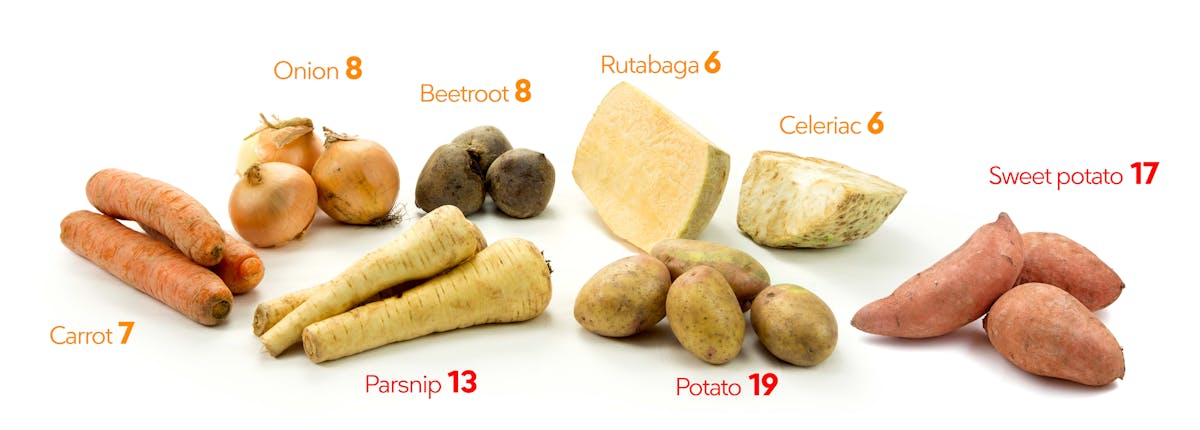






Please note the differences between above-ground and below-ground vegetables.
Vegetables with less than 5 grams of net carbs may be eaten relatively freely. If you’re on a moderate low-carb diet (20-50 grams of net carbs per day), you can probably eat all you want of all these low-carb vegetables.
If you’re on a keto low-carb diet (below 20 grams a day), you may need to be careful with some of the vegetables. You should probably be especially careful with bell peppers or tomatoes – these carbs can quickly exhaust the 20 grams per day limit. One medium-sized bell pepper may contain 4-7 grams of digestible carbs.
Top 10 low-carb vegetables



All numbers are net carbs per 100 grams (3½ ounces).
- Cauliflower – 3 g. Perhaps the most classic and iconic of all low-carb vegetables. The base of cauliflower rice and cauliflower mash. Check out our top cauliflower recipes
- Cabbage – 3 g. Another great low-carb vegetable. Who doesn’t love butter-fried green cabbage or the simply amazing Asian cabbage stir-fry? For more, here are our top cabbage recipes
- Avocado – 2 g. Not just low carb, but also full of nutritious fat.Technically a fruit, but most people likely think of it as a vegetable. Avocado can be eaten in all kinds of ways, including on its own, in salads, or it can be used to make guacamole. But that’s just the start, here are other awesome avocado recipes
- Broccoli – 4 g. Another great option that can replace pasta, rice or potatoes. Just fry it in butter or add some cheese for great-tasting side dishes. More recipes
- Zucchini – 3 g. Try our zucchini fries or zucchini chips. Zucchini can also be used to make low-carb pasta, like in this low-carbonara. More recipes
- Spinach – 1 g. An extremely low-carb vegetable, spinach is full of vitamins and minerals and can be used many ways.It pairs beautifully with eggs, such as in our popular frittata. Check out that spinach recipe, and and many more
- Asparagus – 2 g. Revered as both a food and medicine – and aphrodisiac – by the ancient Egyptians, Greeks and Romans up to medieval times, asparagus is one of the world’s oldest cultivated vegetables.Nutritious and delicious!Try it wrapped with prosciutto and grilled, or in other tasty recipes
- Kale – 3 g. Hardier than spinach, less watery, but just as nutrient-rich, kale can stand up to mincing, sautéing, baking, and much more.Cut into ribbons, it makes a great noodle substitute for zesty sauces. Recipes
- Green beans – 4 g. Frenched, diced and tossed in a salad, fricasseed and more, green beans taste great especially with added fats like butter, an olive-oil vinaigrette, or bacon. Recipes
- Brussels sprouts – 5 g. Nutty, filling and nutritious, they are especially good roasted with olive oil and garlic, or with bacon.Or steam and serve with a cheese cream sauce. Recipes
Vegetable sticks and dip
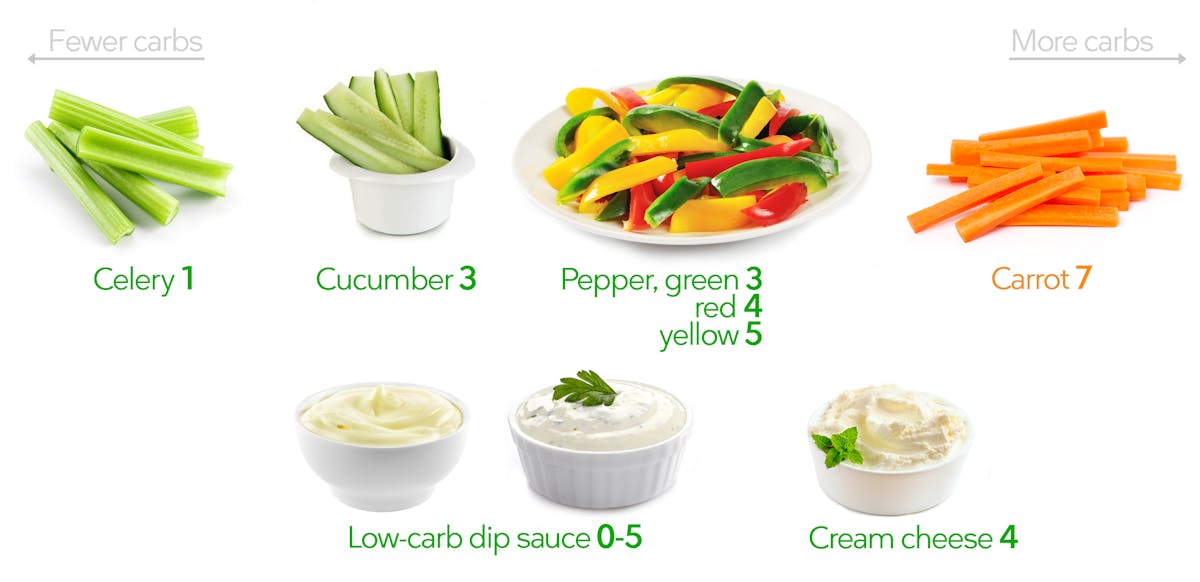


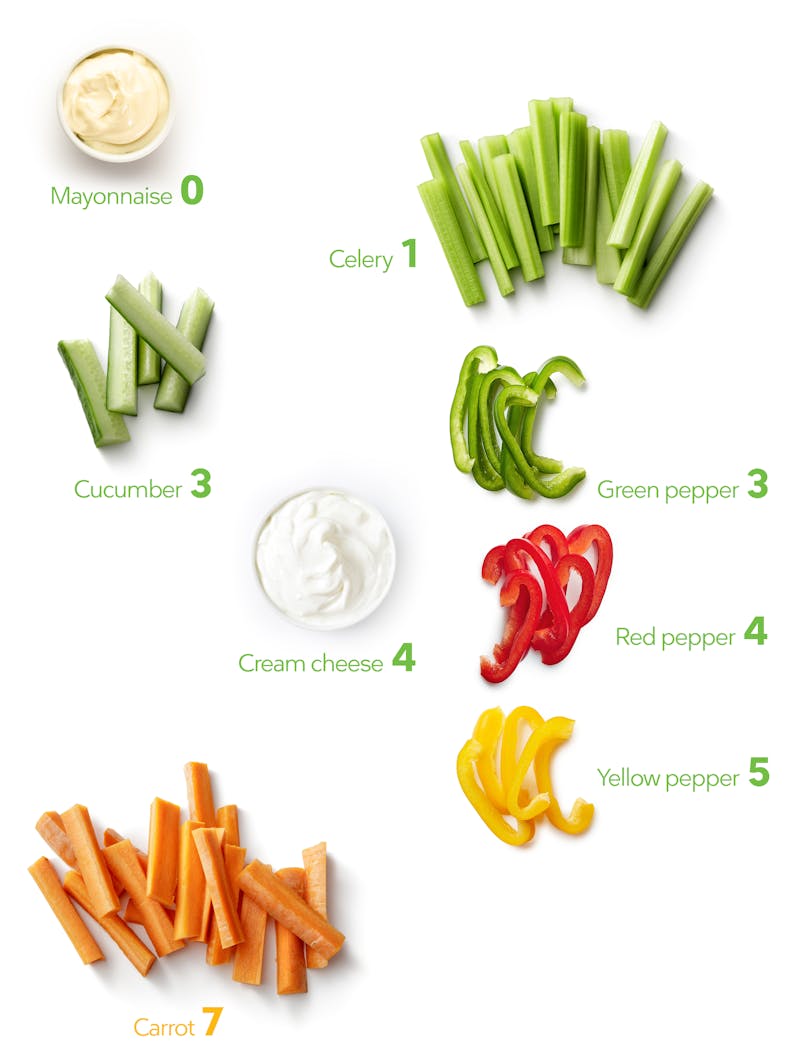



Vegetable sticks are relatively low carb, except for carrots which have slightly more carbs.
Dip: Add cream cheese or any really low-carb and high-fat dip sauce. Here are our top recipes:
Peas, corn, beans, etc.
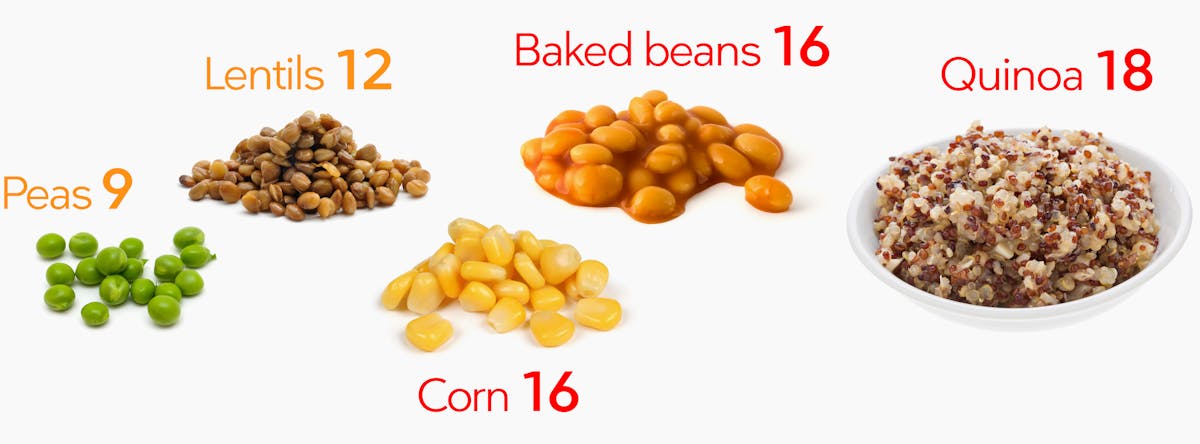


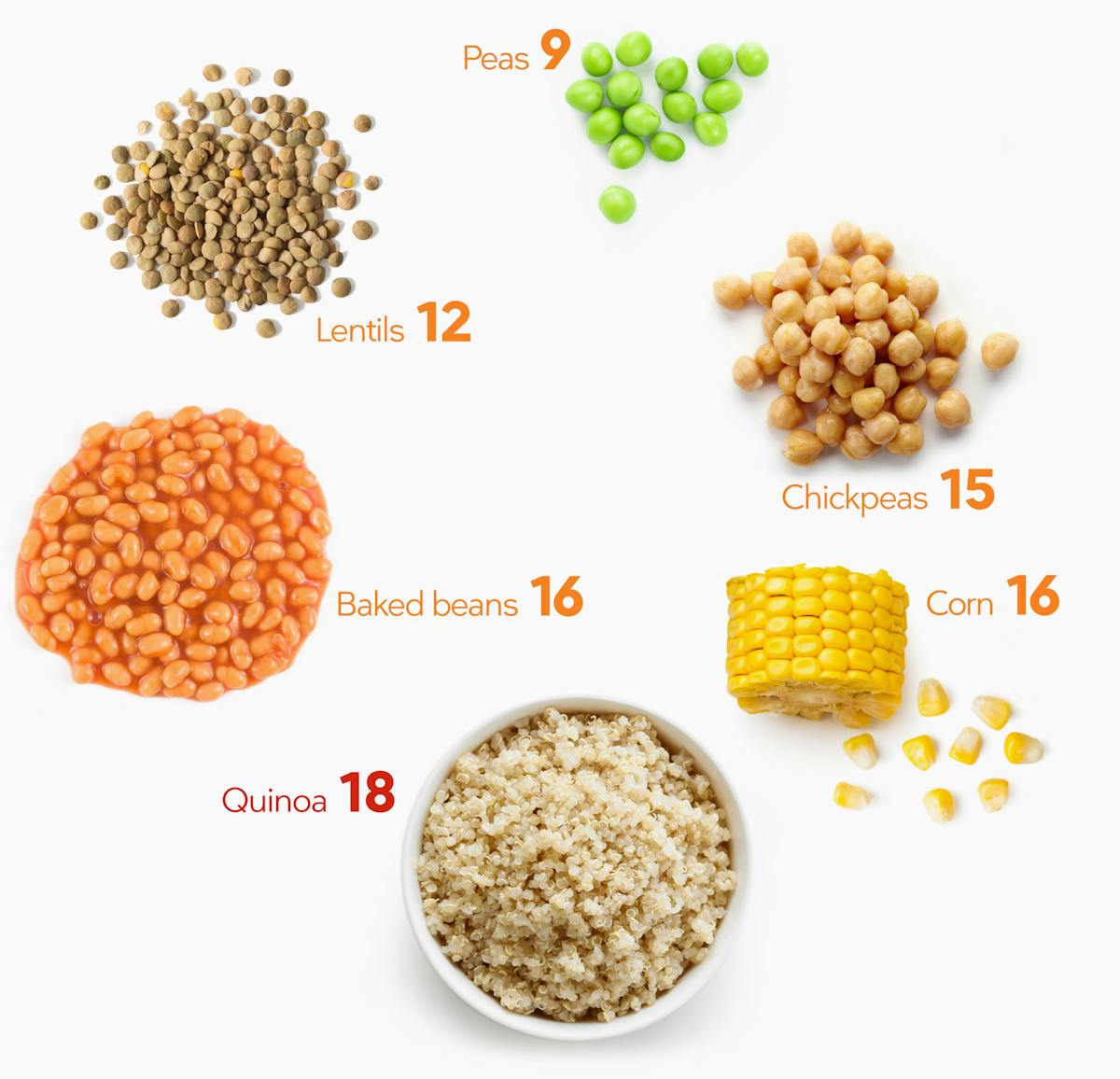


Peas, corn, beans, lentils and quinoa are relatively high in carbs, and so are not good options on a keto low-carb diet. On a more moderate or liberal low-carb diet, you may be able to include some peas and lentils.
Side note: grains like corn and quinoa are usually not considered vegetables.
Low-carb vegetable recipes
Top cauliflower recipes
Cauliflower may be the most popular low-carb vegetable of all. Here are our top cauliflower recipes:
Top cabbage recipes
Cabbage is another very versatile low-carb vegetable. Here are our top cabbage recipes:
Q&A
Here are a few common questions about low-carb vegetables. For all kinds of questions, have a look at our full low-carb FAQ.
Can you eat tomatoes on a low-carb diet?
Yes. Tomatoes contain about 3 grams of net carbs per 100 grams (about 5 grams per cup). But if you’re eating a strict keto low-carb diet (below 20 grams per day) it’s worth keeping in mind that the carbs do add up, and you can only eat a moderate amount of tomatoes to stay under that limit.Are cucumbers low in carbs?
Cucumbers have about 3 grams of net carbs per 100 grams, so they are fairly low carb – as you can see in the visual guide above. You can absolutely eat cucumber on a low-carb diet.Are carrots OK on low carb?
Carrots contain about 7 grams of net carbs per 100 grams. On a keto low-carb diet (below 20 grams per day) you may want to avoid carrots completely. But they can be OK on a moderate or liberal low-carb diet (if you’re aiming to stay below 50 or 100 grams of carbs per day).
Visual low-carb guides
Learn our best tricks & get inspired today!
Start your free trial and get instant access to our movies, documentaries, and video courses on weight loss, sugar addiction, keto for beginners, and much more.
Learn our best tricks & get inspired today!
Start your free trial and get instant access to our movies, documentaries, and video courses on weight loss, sugar addiction, keto for beginners, and much more.


